Chinese Space Station to Crash into Earth in the next 48 hours! Tiangong-1 time!
Description
It's bigger than a bus & no one knows when it will re-enter the atmosphere or where it will land. Parts of the USA are in the possible bullseye! This is a crazy story. Stay Tuned for this Saturday matinee Easter weekend real life action adventure.
God bless everyone,
T
https://www.paypal.me/THORnews
THORNEWS PO BOX 35946
HOUSTON TEXAS
https://www.patreon.com/thornews
@newTHOR on twitter
https://www.facebook.com/THORnewsthornews
article on the situation
https://www.theguardian.com/science/2018/mar/30/chinas-tiangong-1-space-station-will-crash-to-earth-this-weekend
China's Tiangong-1 space station will crash to Earth this weekend
The out-of-control spaceship will re-enter the atmosphere sometime between Saturday night and Sunday evening UK time
It will all be over in a flash. At some point this weekend, a dazzling fireball will tear across the sky as China’s out-of-control space station tumbles back to Earth at 16,500mph and burns up in the atmosphere.
The Tiangong-1, or “Heavenly Palace”, has been hopelessly adrift since the Chinese space agency lost control of the prototype space lab in 2016, five years after it launched as a bold symbol of the nation’s ambitions in orbit.
From the moment it was lost, scientists around the world began plugging information on the stricken craft into computer models to predict how its final act would play out. On Friday, the European Space Agency said that the unoccupied wreckage would crash back to Earth between Saturday night and Sunday evening UK time.
“If you’re in the right place at the right time, and the sky is clear, it will be quite spectacular,” said Holger Krag, head of ESA’s space debris office in Darmstadt. “It will be visible to the naked eye, even in daylight, and look like a slow-moving shooting star that splits into a few more shooting stars. You might even see a smoke trail.”
Compared with the International Space Station (ISS), Tiangong-1 is a minnow. The 400-tonne ISS would barely fit inside a football field, while the 8.5 tonne Chinese station is no bigger than a bus. Visitors to Tiangong-1, including China’s first two female taikonauts, Liu Yang and Wang Yaping, had two sleeping berths at their disposal, but the toilet and cooking facilities were on the Shenzhou module that ferried them to the orbiting outpost.
Though Tiangong-1 will be the largest lump of space junk to fall back to Earth so far this year, it is nowhere near a record-breaker. In 2001, the Russian space agency steered their 120 tonne Mir space station safely into the Pacific Ocean. The far less controlled re-entry of Nasa’s 74 tonne Skylab in 1979 scattered pieces of space hardware over hundreds of miles of Western Australia. The re-entry of Tiangong-1 will be uncontrolled too.
About 100 tonnes of spent rocket stages, defunct satellites, and other space debris come down each year. Most of the material burns up in the atmosphere as aerodynamic friction turns terrific speed into ferocious heat. As a rule of thumb, only about 20 to 40% of a spacecraft survives the inferno of re-entry. The components that hit the ground tend to be heat-resistant fuel tanks, thrusters and other parts, such as metal docking rings, which can be the size of a rear tractor wheel.
Sign up for Lab Notes - the Guardian's weekly science update
Read more
On Friday, the Chinese space station was still hurtling around the planet more than 180km above the surface. The atmosphere is tenuous at that altitude, but thick enough to drag on the solar panels and body of Tiangong-1. Gradually this slows the spacecraft down until gravity can pull it from orbit. When the spaceship falls below 100km, it will begin its re-entry in earnest.
“Within minutes it will be fully decelerated and the energy it carries will be translated into heat and aerodynamic forces that rip it apart,” said Krag. Between 1.5 to 3.5 tonnes of the spaceship may survive the ordeal and reach the Earth’s surface in dozens of pieces cast over hundreds of miles. The most dangerous could be fuel tanks that typically hold toxic hydrazine propellant.
Space agencies around the world have sophisticated computer models to predict where and when space debris may land, but even the best cannot give anything close to a precise answer. The speed at which spacecraft travel, and the unpredictability of their breakup high in the sky, means the calculation is beyond the means of modern science.
“We will never be able to say upfront where debris will fall because these objects are moving so fast,” said Krag.

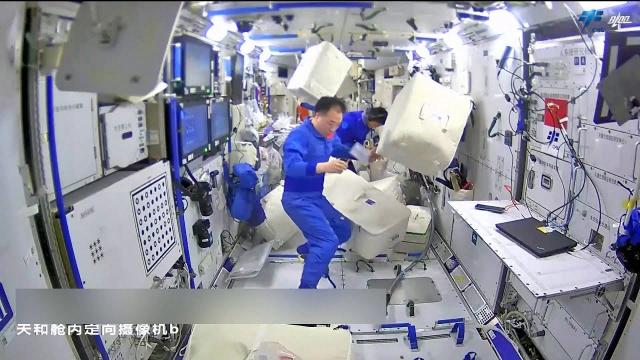
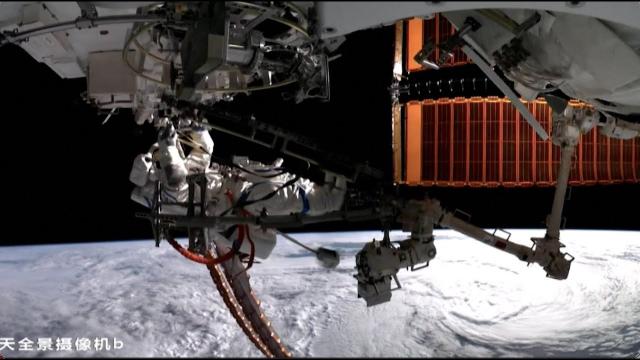
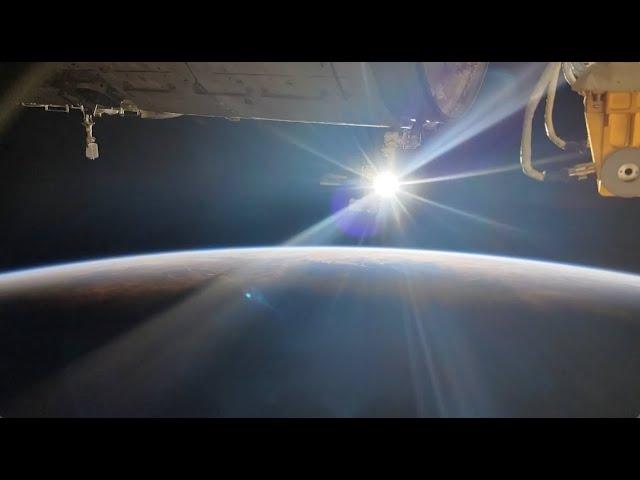

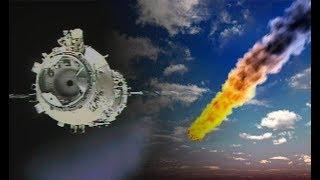
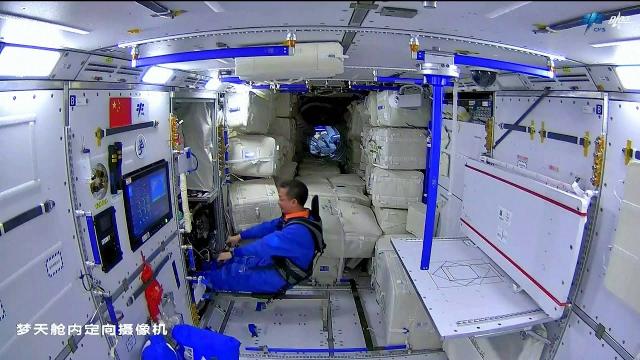
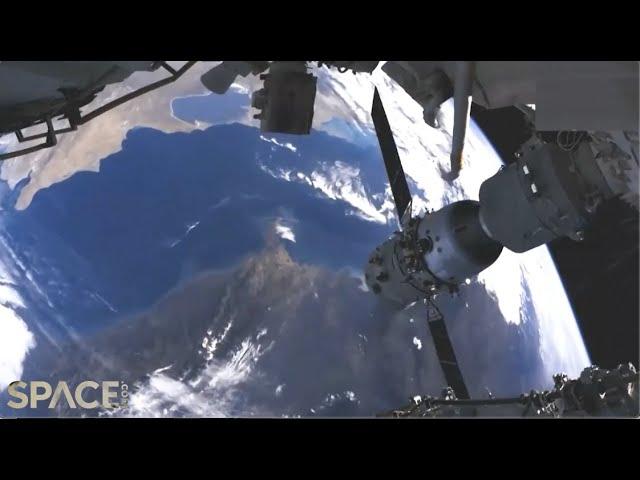







Comments